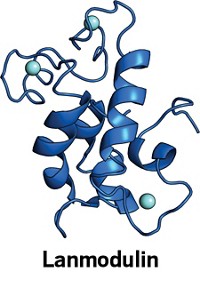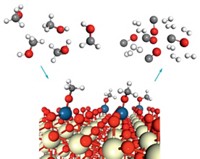Advertisement
Grab your lab coat. Let's get started
Welcome!
Welcome!
Create an account below to get 6 C&EN articles per month, receive newsletters and more - all free.
It seems this is your first time logging in online. Please enter the following information to continue.
As an ACS member you automatically get access to this site. All we need is few more details to create your reading experience.
Not you? Sign in with a different account.
Not you? Sign in with a different account.
ERROR 1
ERROR 1
ERROR 2
ERROR 2
ERROR 2
ERROR 2
ERROR 2
Password and Confirm password must match.
If you have an ACS member number, please enter it here so we can link this account to your membership. (optional)
ERROR 2
ACS values your privacy. By submitting your information, you are gaining access to C&EN and subscribing to our weekly newsletter. We use the information you provide to make your reading experience better, and we will never sell your data to third party members.
Energy
Platinum-Free Fuel-Cell Catalyst
Polyaniline, iron, and cobalt combine to make cheap fuel-cell cathode catalyst
by Elizabeth K. Wilson
April 25, 2011
| A version of this story appeared in
Volume 89, Issue 17
The need to use the expensive and rare metal platinum as a catalyst remains a bottleneck for developers of hydrogen fuel cells. But a new group of catalysts composed of cheap and plentiful nonprecious metals may edge the field closer to a reality of inexpensive fuel cells that convert H2 into electricity with H2O as a by-product. Piotr Zelenay and Gang Wu at Los Alamos National Laboratory and their colleagues designed a polymer electrolyte fuel cell, the most common variety used in the development of cars, preparing the cell’s cathode—which typically requires more platinum than the anode—from syntheses involving polyaniline, iron, and cobalt (Science, DOI: 10.1126.science.1200832). The authors say the resulting catalysts performed on par with platinum and also avoided a common problem of producing unwanted hydrogen peroxide.




Join the conversation
Contact the reporter
Submit a Letter to the Editor for publication
Engage with us on Twitter